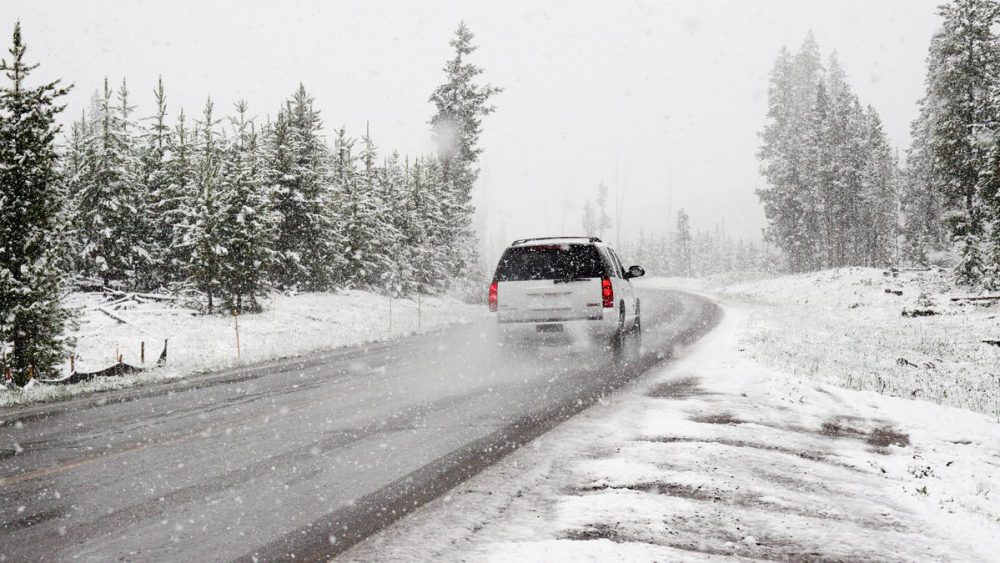Authored by: Simon Mac Innes
The goal of today’s safety moment is to help you understand the dangers of winter driving and how they can present themselves on any road, whether city or country. The underlying theme is that you never know what could happen or how other drivers on the road are acting, so it’s always important to be prepared.
The three key words (CALM, SLOW, EASY) apply to everything you do while driving in winter – all movements on slick surfaces should be slow and easy. Do not jerk the steering wheel, make rough downshifts or hit the brakes too hard. Increasing your following distances goes right along with this. Even if you are in control of your vehicle, you never know when someone around you might lose control of theirs. The larger the distance between yourself and other vehicles, the less chance you will be forced to make a braking or steering movement that is rough, quick and forceful. When the road is slick, smooth downshifts are especially important because a poor downshift at a high RPM could force you into a skid.
Ramps are the top accident site for trucks in any weather, so be especially careful in adverse conditions. Bridges and overpasses are also dangerous road stretches because they will freeze before the road will to the lack of warmth coming up from underneath them. Do not use your Jake brake or cruise control in icy conditions because, like heavy downshifting, they can cause you to skid.
In bad conditions, it is especially important to inspect your vehicle your vehicle before you get on the road or before you come across winter conditions. Cold weather lowers battery power, so be sure yours is in good shape. For fifth wheel lubrication, make sure you are using a winter grade product. Ensure there is enough winter coolant in your radiator and that there are no leaks. Check that the heater, defroster and wiper blades are in working order. Most importantly, check your tires for good tire depth.
If the temperature is hovering around freezing and you are unable to tell whether the road is icy or not, watch for some key signs. Sliding cars, lack of spray off the road from other vehicle’s tires and ice buildup on cars are good indications the road is frozen. Also, CB antennas that have ice buildup will bounce back and forth rapidly, another signal the road conditions are dangerous.
Studies show that if you allow the tractor and trailer to be at more than 15-degree angle to each other, your chances of regaining control are unlikely, so you must work quickly. A trailer jackknife is when the wheels of the trailer are locked up; a tractor jackknife is the reverse.
Note on using inter-axle differential for traction: DO NOT forget to flip it off when not needed and DO NOT drive more than 45 km/hr with it on.
Note on staying in truck during blizzard: Make sure the spot you are waiting is safe. If there is no truck stop nearby or no space in the truck stop, park somewhere safe and not on an incline, or you could get stuck.


Comments are closed.